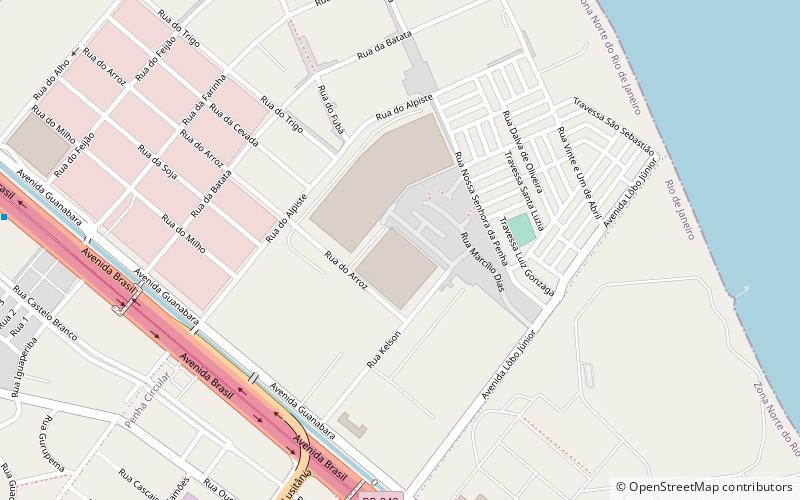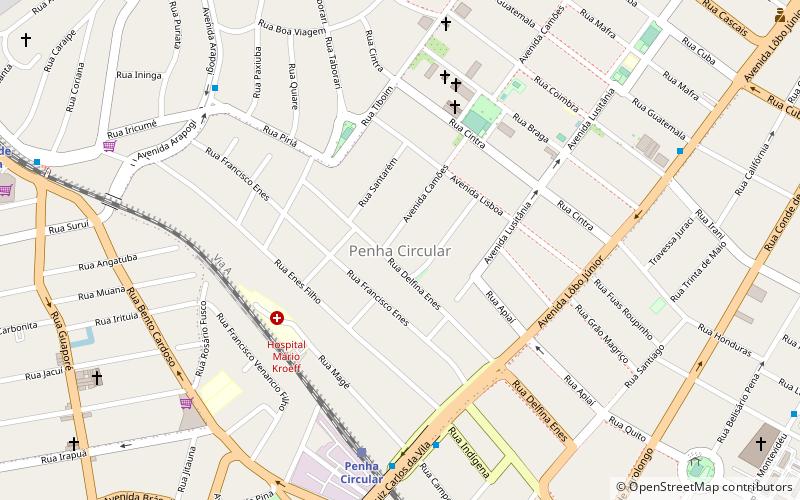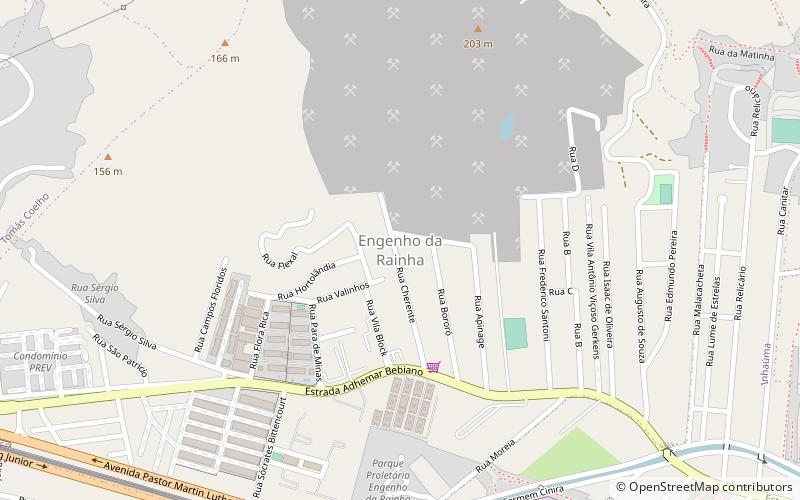Favela, Rio de Janeiro


Facts and practical information
A favela is a type of slum in Brazil that has experienced historical governmental neglect. The first favela, now known as Providência in the center of Rio de Janeiro, appeared in the late 19th century, built by soldiers who had lived under the favela trees in Bahia and had nowhere to live following the Canudos War. Some of the first settlements were called bairros africanos. Over the years, many former enslaved Africans moved in. Even before the first favela came into being, poor citizens were pushed away from the city and forced to live in the far suburbs. Most modern favelas appeared in the 1970s due to rural exodus, when many people left rural areas of Brazil and moved to cities. Unable to find places to live, many people found themselves in favelas. Census data released in December 2011 by the Brazilian Institute of Geography and Statistics showed that in 2010, about 6 percent of the Brazilian population lived in favelas and other slums. Favelas are located in 323 of the 5,565 Brazilian municipalities. ()
Penha (Penha Circular)Rio de Janeiro
Favela – popular in the area (distance from the attraction)
Nearby attractions include: Igreja de Nossa Senhora da Penha, Museu Ciência e Vida, Serra do Barbosão Municipal Nature Park, Bonsucesso.
Frequently Asked Questions (FAQ)
How to get to Favela by public transport?
Bus
- Casa do Marinheiro (15 min walk)
- Mercado São Sebastião (16 min walk)
Train
- Penha Circular (32 min walk)
- Brás de Pina (34 min walk)











